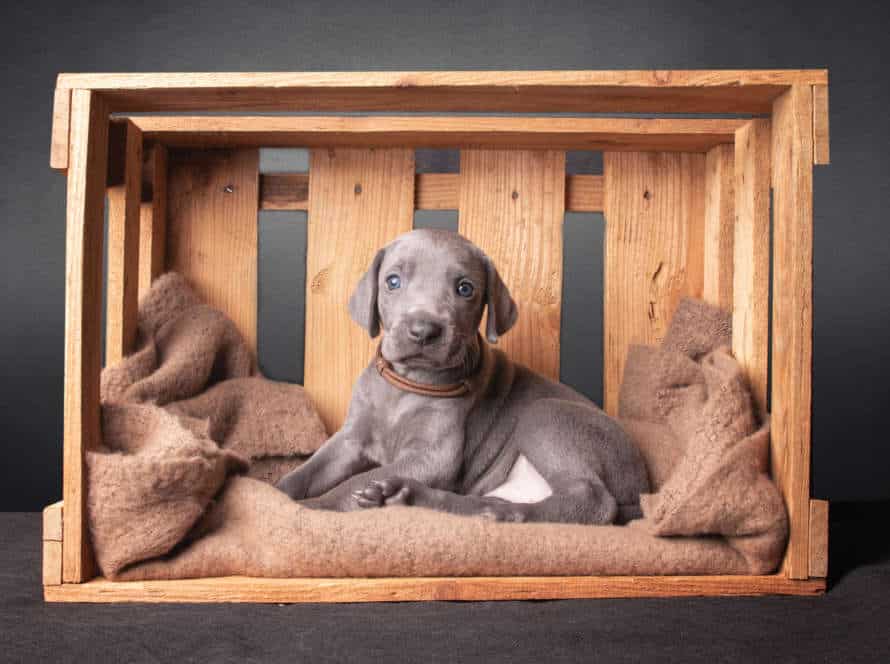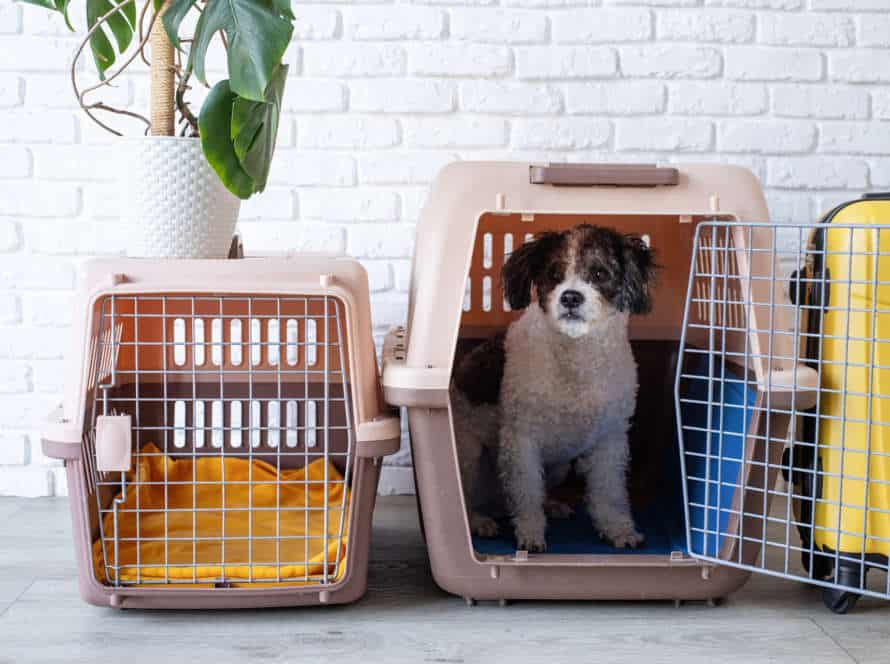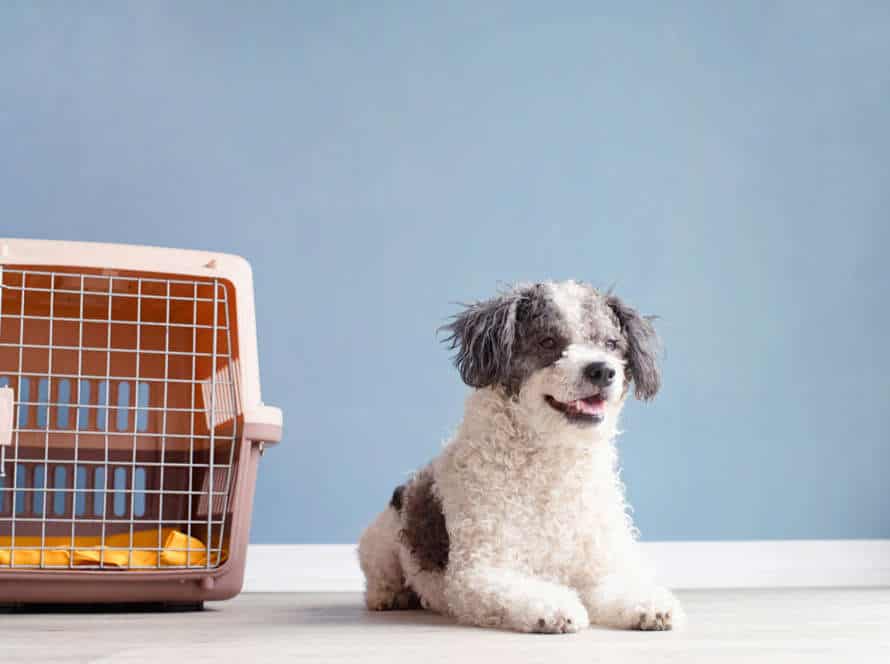How to Choose the Right Leash and Collar for Your Puppy
Selecting the right leash and collar for your pup is key for their safety, comfort, and training. There are various types and choosing the ideal one depends on the pup’s size, breed, temperament, and behavior. Here are some of the main types:
- Flat collars: These are basic and great for puppies who don’t pull too much. Remember to pick one that fits and is cozy.
- Harnesses: These are for pups who pull, have breathing issues, or neck injuries. Front-clip, back-clip, and no-pull harnesses are all available.
- Retractable leashes: These offer more freedom in open spaces, like parks and beaches. Though, they can be dangerous if not used properly.
- Martingale collars: These are designed for puppies that escape flat collars. They provide more control and are good for breeds with small necks.
It’s essential to seek advice from a vet or a professional trainer when choosing the right leash and collar for your pup.
Types of Leashes
Picking the perfect leash and collar for your puppy is important. The most common types are flat, retractable, and hands-free. Each has advantages and disadvantages. It’s vital to pick the right one based on your pup’s age, size, and activity level. Let’s look at the pros and cons of each.
- Flat leashes offer control and security.
- Retractable leashes enable your pup to roam.
- Hands-free leashes let you walk your pup without holding a leash.
Standard Leash
A standard leash is a great option for most puppies and dog breeds. It’s generally 6ft long and made of materials like leather, nylon, or cotton.
When choosing, consider these factors to determine if it’s right for you:
- Training Needs – Short leashes are better for control and correcting behavior.
- Size – A standard leash works for all sizes, but a stronger one is better for large breeds or strong pullers.
- Walk Location – If you live in an urban area, a standard leash is perfect. But if it’s rural or rough terrain, consider a retractable or longer training leash.
By considering these factors, you can decide if a standard leash is the right choice!
Retractable Leash
Retractable leashes are a popular choice for dog owners wanting to give their pup more freedom. But, it’s important to understand the pros and cons of these leashes. Plus, the right leash and collar should be chosen based on the pup’s breed, size, age and behavior.
Here’s what to consider when picking out a leash and collar:
- Size & Strength: A thin leash is good for smaller or medium-sized pups. However, larger pups need a stronger, more durable leash.
- Leash Length: Retractable leashes offer more freedom, but if your dog is easily distracted or has a tendency to run off, a fixed length leash is the better choice.
- Collar Type: Get a collar that fits properly and is comfortable for your pup. Consider material, width and adjustability.
- Training Needs: If your pup needs to learn obedience or leash manners, a training leash and collar is the way to go.
By taking the time to get the right leash and collar, you can ensure safety, comfort, and a great experience while walking and enjoying outdoor activities with your pup!
Training Leash
A training leash is key for teaching your pup commands and manners. There’s a range of leashes to select from, so pick the one that suits your pup’s personality and lifestyle best. Here are the main kinds of leashes and how to pick the right one:
Standard leash – This is usually made from nylon, leather, or cotton. For a pup, get a 6-foot, ½ inch wide one. It’s suitable for most breeds and provides control and flexibility for training.
Retractable leash – This lets the pup walk further away while you still have control. Get one that’s the right size and weight for your pup. Don’t use it for training though – it’s hard to control and the long line can confuse the pup.
Martingale collar – This tightens when your pup pulls, so they can’t slip out. Good for dogs with narrow heads, such as greyhounds and whippets.
Head collar – This fits around the snout and stops excessive pulling and jumping. Perfect for strong, excitable breeds that are hard to manage.
No matter the leash or collar, make sure it fits the pup well. Don’t leave them unattended with the leash/collar on.
Types of Collars
Puppy owners must be wise when it comes to picking the correct leash and collar. Comfort and safety are the top priorities. Let’s explore the various types of collars. These include:
- Flat collars
- Limited-slip collars
- Harnesses
Pick the one that suits your pup best!
Flat Collar
When it comes to picking a collar for your pup, a flat collar is a great choice. It’s simple and effective. Here’s what you should know:
- Flat collars have a simple design that sits flat on your dog’s neck. They’re usually made with nylon, leather, or other tough materials. You can find one that fits your pup comfortably in different widths and sizes.
- Flat collars are also great for attaching ID tags. This is important if your pup goes missing.
- Remember, flat collars aren’t ideal for dogs who pull and tug on the leash. It’s best to use them for puppies already trained to walk nicely.
Martingale Collar
Martingale collars are the perfect balance of security and comfort for your pooch! They fit loosely around their neck, but tighten when they pull or try to escape.
Here are some other options:
- Flat collar – great for puppies, and can be personalized with their name and contact info. Make sure it fits well and isn’t too tight or loose.
- Head collar – These halters fit over their nose and help control their head movements when on leash walks.
- Harness – Offers more control and protection than traditional collars. Choose one that is comfortable and fits well to avoid discomfort.
Choosing the right leash and collar depends on your pup’s size, breed, behavior, and training needs. Consider all these before making a decision.
Harness
Selecting the perfect leash and collar for your pup is a key choice for pet owners. There are many types of collars available, each designed to keep your puppy safe and comfy.
- Flat Collar: It’s the most typical type and great for day-to-day use and training. It’s simple, not pricey, and can be adjusted to fit your pup’s neck comfortably.
- Martingale Collar: Perfect for dogs with thin heads, like greyhounds or whippets. It gives gentle correction without choking and stops the collar slipping off.
- Head Collar: If your pup pulls or lunges, a head collar can help you have more control. It wraps around their snout and neck, giving you more power on walks.
- Harness: For puppies with breathing troubles or those that pull. It spreads pressure evenly over chest and back, lowering strain on neck and trachea.
Materials for Leashes and Collars
Picking the ideal collar and leash for your puppy? Materials matter! They decide if you and your pup will be safe and comfy. The material decides the durability, ease of use, and comfort.
Let’s talk about the materials used for leashes and collars. Plus, how to pick the best one for your pup.
Leather
Leather is perfect for leashes and collars for your pup. It’s strong, durable and looks great. When picking out a leash and collar, there are some things to consider.
Collars:
- Flat Collar – Comfy, adjustable and secure. Ideal for most puppies.
- Martingale Collar – Great for pups that like to pull or slip out of their collars. Limited closure tightens slightly when pup pulls, preventing escape.
- Harness – For pups with sensitive necks or breathing issues. More control.
Leashes:
- Standard Leash – Good control and flexibility. Suitable for most puppies.
- Retractable Leash – Allows more freedom to roam. Can be dangerous if puppy pulls or runs too fast.
Leather leashes and collars are an excellent option – durable and strong. Choose the right leash and collar for your pup according to their size, personality and behaviour.
Nylon
When selecting a leash and collar for your pup, material is key. It impacts their comfort, durability, and safety during walks. Let’s check out nylon, a common choice: It is tough, lightweight, and economical. Easy to clean and dries quickly. Plus, there’s a large array of colors and designs to match your style. But, beware, it might cause allergies or skin irritation for some pooches. To guarantee their safety, be sure to buy high-quality nylon that is gentle on their skin and not too thin or weak.
Chain
A leash and collar are must-haves for taking your puppy for a stroll. Consider the materials and your pup’s needs when selecting the right ones.
Leash Materials: Nylon and leather are the two most common. Nylon is lightweight, durable and simple to clean – ideal for puppies who like to romp in mud. Leather is sturdier, comfortable to grip and can last years with proper care.
Collar Materials: Nylon, leather and metal are the usual options. Nylon and leather are soft and comfy, while metal is better for strong pullers or chewers. Choose a collar that fits right, not causing any discomfort.
Other Considerations: Think of the length of the leash, size and breed of your puppy, and any specific needs or behaviors your pup may have. For example, a retractable leash might not be suitable for a pup that loves to pull or chase squirrels.
Pro tip: Always supervise your puppy when walking on a leash – select a leash and collar that offer ample control and comfort.
Considerations for Choosing a Leash and Collar
Picking the perfect leash and collar for your puppy is key for their safety and ease. When getting a leash and collar for your pup, there are a few things to think about such as size, material, and design. This article will talk about the different elements to consider when picking out a leash and collar for your puppy.
Puppy’s Size and Age
When selecting a leash and collar for your pup, it’s important to consider their size and age. This will help pick equipment that is safe and comfy for them to use.
For smaller puppies, a lightweight and slim collar and leash are perfect. And, a harness is great for smaller breeds to protect their little necks.
Bigger pups need a strong and tough collar and leash to manage their strength when walking or training. Adjustable collars that can change with your pup’s growth are a great investment to save money on replacing it.
Younger puppies may need a slightly looser-fitting collar and lead. As they get older, a well-fitted one will be vital for safety and control.
Always think of your furry friend’s comfort and safety when picking out the collar and leash. This will make sure they have a joyful and healthy walking experience.
Behavior and Training Needs
Choosing the right leash and collar for your pup is vital. Here’s what to consider:
Collars:
Flat collars are common and diverse. They come in nylon, leather, or neoprene. Martingale is best for narrow-headed dogs, like greyhounds and whippets. Prong and choke should only be used under a pro trainer.
Leashes:
A 6-foot leash is great for basic training and walking. Retractable leashes let your pup explore more, but can cause tangles and accidents. A hands-free leash is great for running, hiking, or walking with kids.
It’s essential to pick a leash and collar that fits your pup snugly, lets you control their movements, and meets their individual behavior and training needs.
Required Leash and Collar Features
Picking the appropriate leash and collar for your pup is essential for their safety and comfort during walks or training. Here are some features to think about when selecting a leash and collar for your puppy:
Leash:
- Length: 4-6 ft is best for training and walks.
- Material: Use sturdy stuff like nylon or leather to avoid accidents.
Collar:
- Size: Not too tight or loose.
- Material: Appropriate for size and breed. Leather is durable. Nylon dries quickly, great for water-loving breeds.
- Closure type: Durable and easy to release, like a buckle or snap.
Every puppy has special needs based on their breed, size, and temperament. Choosing a leash and collar that fits their physical and behavioural traits can make a huge difference. Pro Tip: Test different collars and leashes to find the perfect fit.
Additional Accessories for Training and Control
Getting a puppy? Make sure you get the leash and collar first. For extra training support, there’s more stuff to pick up. Here are some accessories that could help with walks. See their advantages below!
Clicker Training
Clicker training is a great way to train your pup without causing pain. You’ll need a few accessories, like a leash and collar, to make it work. Here’s what you should know about leashes and collars:
- Leash: Pick the size that suits your pup best. For smaller dogs, go for a thin and light leash. Bigger breeds should use thicker and heavier ones. A standard 6-foot leash is perfect for most dogs.
- Collar: Make sure it fits well – not too tight or too loose. You can go for a flat collar or a martingale collar, which tightens when your pup pulls. A harness is also a good option, especially for pullers and those with breathing problems.
Remember, the right leash and collar can help your puppy learn – so choose wisely!
Muzzles
Muzzles are a great way to train and control puppies. It’s essential to pick the correct one to ensure comfort and safety. Here are some tips to help you select the right muzzle:
- Size: Must be snug, but not too tight. Puppy needs to breathe and pant easily. Measure the snout size and pick the muzzle accordingly.
- Material: Options of leather, nylon and mesh. Choose the one that’s durable, easy to clean and comfortable.
- Style: Basket, soft, and tube muzzles. Basket muzzles are the most popular, as they let your puppy eat and drink while wearing it.
- Purpose: Consider why you need the muzzle. Is it for training, grooming, or vet visits? Each one may require a specific kind of muzzle.
Remember to get your puppy used to the muzzle before wearing it for a long time.
Head Halters
Head halters are a special dog training collar. Unlike traditional collars, they fit around the head and muzzle, giving owners more control.
When picking one, consider size and fit. Measure your pup’s head and muzzle first.
Also think about material. Nylon and leather are popular. Plus, know your training needs. Some are for basic leash training, while others handle specific issues.
Introduce the halter slowly. Follow the manufacturer’s instructions too. With the right training and equipment, head halters can help control your pup’s behavior.
Frequently Asked Questions
Q: What is the best leash and collar for my puppy?
A: The best leash and collar for your puppy depends on their size, temperament, and training needs. A well-fitting collar and sturdy leash are essential for safety during walks and training sessions.
Q: Should I use a retractable leash for my puppy?
A: Retractable leashes can be dangerous for puppies and should be avoided. They allow too much freedom and lack control, making it difficult to train your puppy and keep them safe.
Q: What type of collar should I choose for my puppy?
A: It’s best to choose a collar that fits snugly around your puppy’s neck without being too tight. Flat collars are great for everyday use, while martingale collars can help prevent escape during walks.
Q: Can I use a harness instead of a collar for my puppy?
A: Yes, harnesses can be a great alternative to collars, especially for puppies who pull excessively during walks. They distribute pressure more evenly and prevent choking or injury to your puppy’s neck.
Q: What material should I look for in a leash and collar?
A: Leather and nylon are popular choices for leashes and collars. Leather is durable and stylish but requires more maintenance, while nylon is lightweight and easy to clean.
Q: How do I know if my puppy’s collar fits correctly?
A: You should be able to fit two fingers between your puppy’s collar and their neck. The collar should be snug but not too tight, as it can restrict breathing and cause discomfort.







